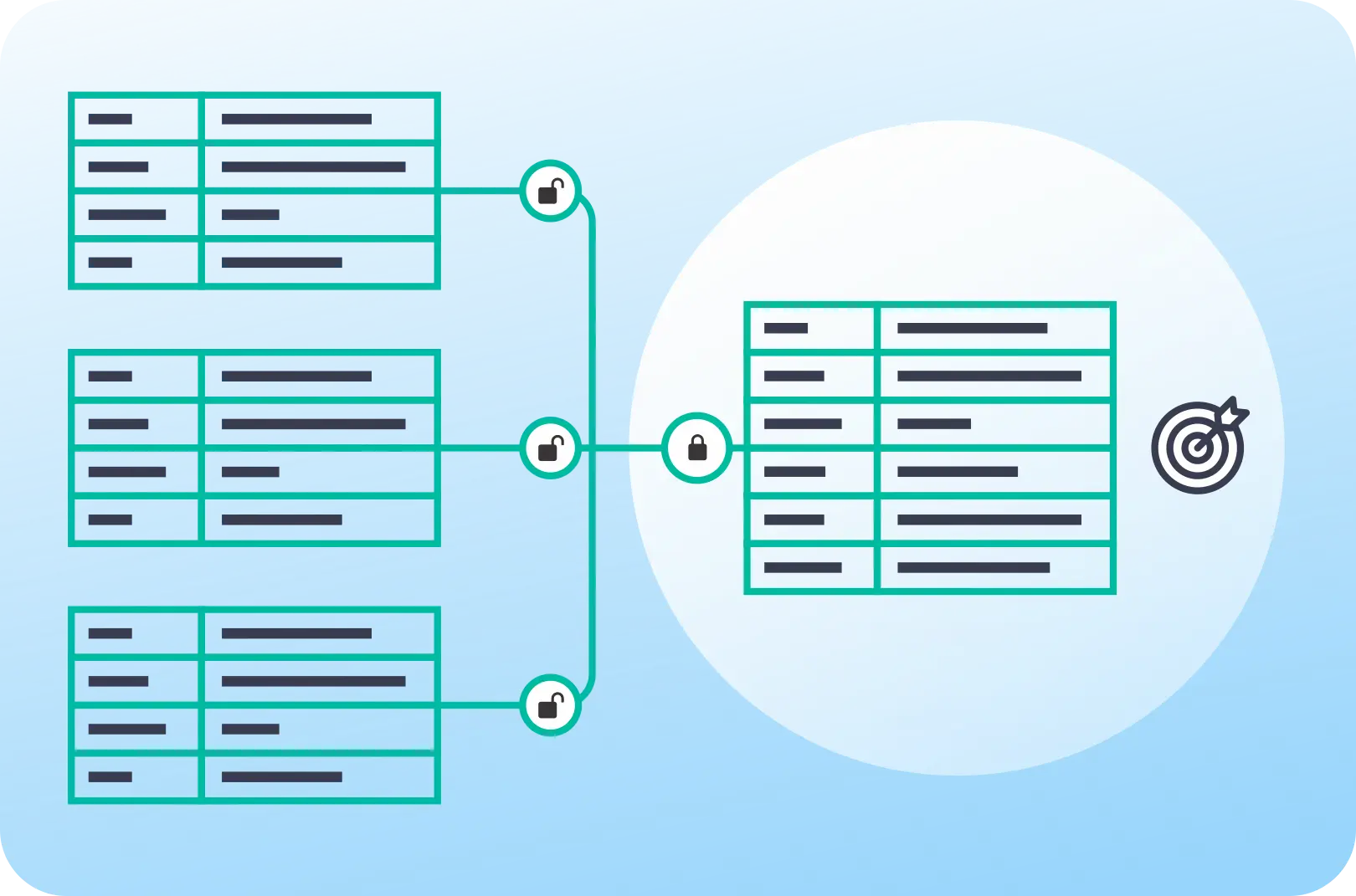
When it comes to ensuring the security of your home, a reliable garage door opener can make a significant difference. With advancements in technology, there are now more options than ever to upgrade your home security with the latest garage door openers. In this article, we will explore some of the top garage door openers for 2022 that can enhance the safety and convenience of your home.
Benefits of Upgrading Your Garage Door Opener
Before we dive into the top garage door openers for 2022, let's first discuss why upgrading your garage door opener is a smart choice:
Enhanced Security
- Modern garage door openers come with advanced security features such as rolling code technology, which helps prevent hacking and unauthorized access.
- Some models offer smartphone connectivity, allowing you to monitor and control your garage door from anywhere, enhancing security when you're away from home.
Convenience
- New garage door openers often come with features like battery backup, keyless entry, and motion sensors for added convenience and ease of use.
- Smart garage door openers can be integrated with smart home systems, allowing you to control your garage door along with other home automation devices.
Top Garage Door Openers for 2022
1. Chamberlain B970
- Equipped with a powerful motor and belt drive system for smooth and quiet operation.
- Offers smartphone connectivity for remote access and monitoring through the myQ app.
- Features built-in battery backup to ensure operation during power outages.
- Includes security features like encryption and PosiLock technology for enhanced protection against forced entry.
2. LiftMaster 8500W
- Wall-mounted design frees up ceiling space in your garage.
- Comes with built-in Wi-Fi for smartphone connectivity and myQ compatibility.
- Features a powerful DC motor for reliable performance and smooth operation.
- Includes automatic garage door lock for added security and peace of mind.
3. Genie SilentMax Connect
- Ultra-quiet operation ideal for garages located near living spaces.
- Offers smartphone control and monitoring through the Aladdin Connect app.
- Equipped with a steel-reinforced belt drive system for durability and longevity.
- Includes Intellicode rolling code technology to prevent code grabbing attacks.
Factors to Consider When Choosing a Garage Door Opener
1. Type of Drive System
- Chain Drive: Affordable and reliable but can be noisy.
- Belt Drive: Quiet and smooth operation but slightly more expensive.
- Screw Drive: Low maintenance and suitable for heavy doors.
2. Horsepower
- Choose the right horsepower based on the size and weight of your garage door.
- Standard residential garage doors typically require ½ to 1 ½ horsepower.
3. Security Features
- Look for features like rolling code technology, encryption, and automatic door locks for enhanced security.
4. Connectivity Options
- Consider garage door openers with smartphone connectivity for remote access and monitoring.
- Compatibility with smart home systems can offer additional convenience and integration options.
Conclusion
Upgrading your home security with a new garage door opener is a wise investment that can provide both safety and convenience. With the latest advancements in technology, there are plenty of options to choose from to meet your specific needs. Whether you prioritize enhanced security features, quiet operation, or smartphone connectivity, there is a garage door opener out there for you. Consider the top garage door openers mentioned in this article and evaluate the factors that are important to you to make an informed decision for your home security upgrade in 2022.








